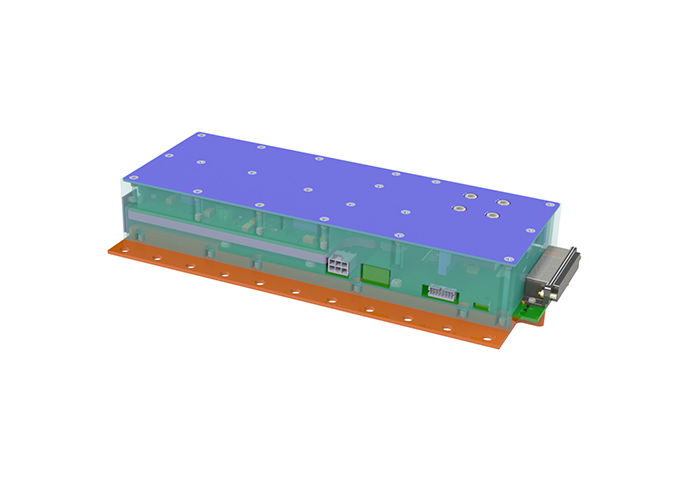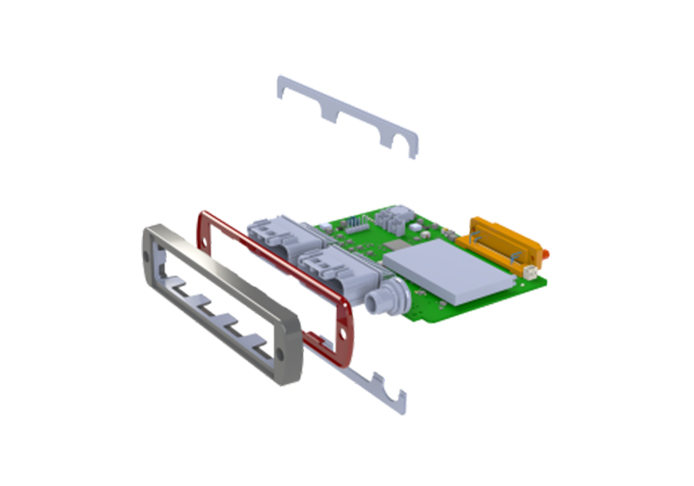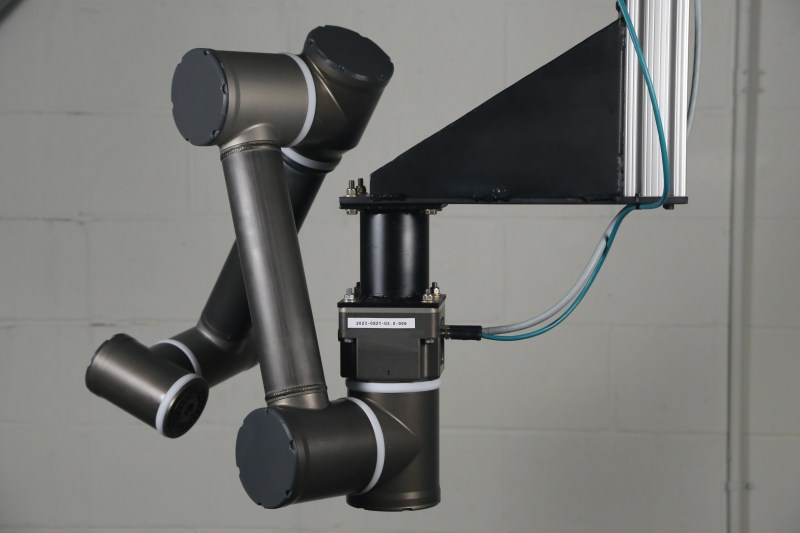Achieving EMI Agency Compliance for a Medical Device

A Fortune 500 medical device manufacturer needed urgent EMI compliance assistance for their imaging subsystem. An expert quickly identified critical ribbon cable interconnect issues and delivered targeted countermeasures within two weeks, enabling the product to pass certification and proceed to production.
Mechanical Design of a Cabinet

Our engineers designed a modular biomass dryer cabinet using standard materials for an agricultural equipment supplier. The stackable system features an innovative floor mechanism controlling material flow while allowing drying airflow. Available in manual or pneumatic configurations, the design scales easily and includes comprehensive assembly instructions.
Spaceborne Electronic Enclosure Mechanical Design

For an aerospace company, engineers created a machined aluminum electronics enclosure that withstands launch vibration and orbital conditions. The design features specialized heatsinking for FPGAs, electromagnetic compatibility, and precise alignment of multiple PCBs, delivering a fully integrated solution ready for flight certification.
Custom Data Acquisition and Logging Module

Our engineers created a custom data acquisition module for an electric lift truck manufacturer that captures 20 analog channels and multiple digital interfaces at 10ms intervals. The compact, ruggedized system extends their existing logger capabilities while providing battery backup and comprehensive fleet monitoring in harsh industrial environments.
FPGA Communications Module enhances Industrial Instrumentation Equipment

Our engineers created an FPGA communications module for semiconductor equipment that enables rapid data sharing while bypassing software bottlenecks. The solution maintains backward compatibility, includes robust error detection, and expands potential applications for the client’s industrial instrumentation.
Design and Development of a Custom, 6-DOF Robotic Arm

Our engineers created a custom 6-DOF robotic arm for agricultural use with IP65 protection for 10 million outdoor operation cycles. With proprietary seals, custom actuators, and specialized surface treatments, this 48VDC solution maintains position during power loss and allows manual repositioning at a significantly lower cost than commercial alternatives.
